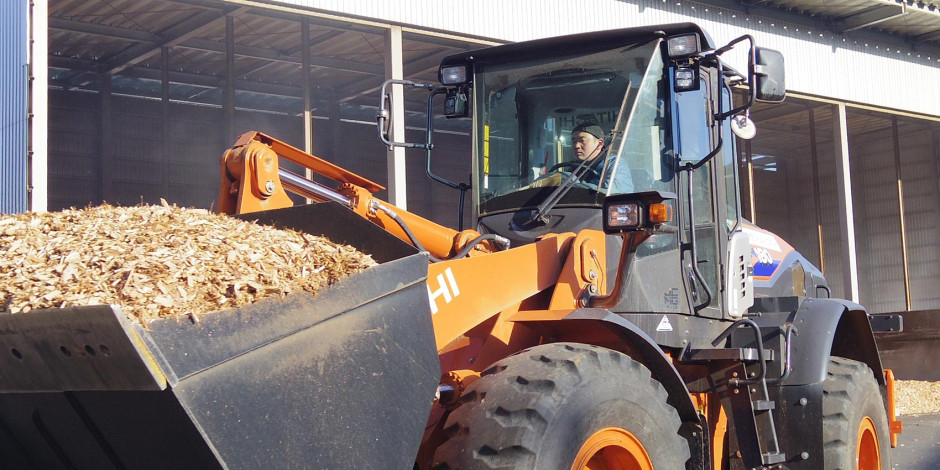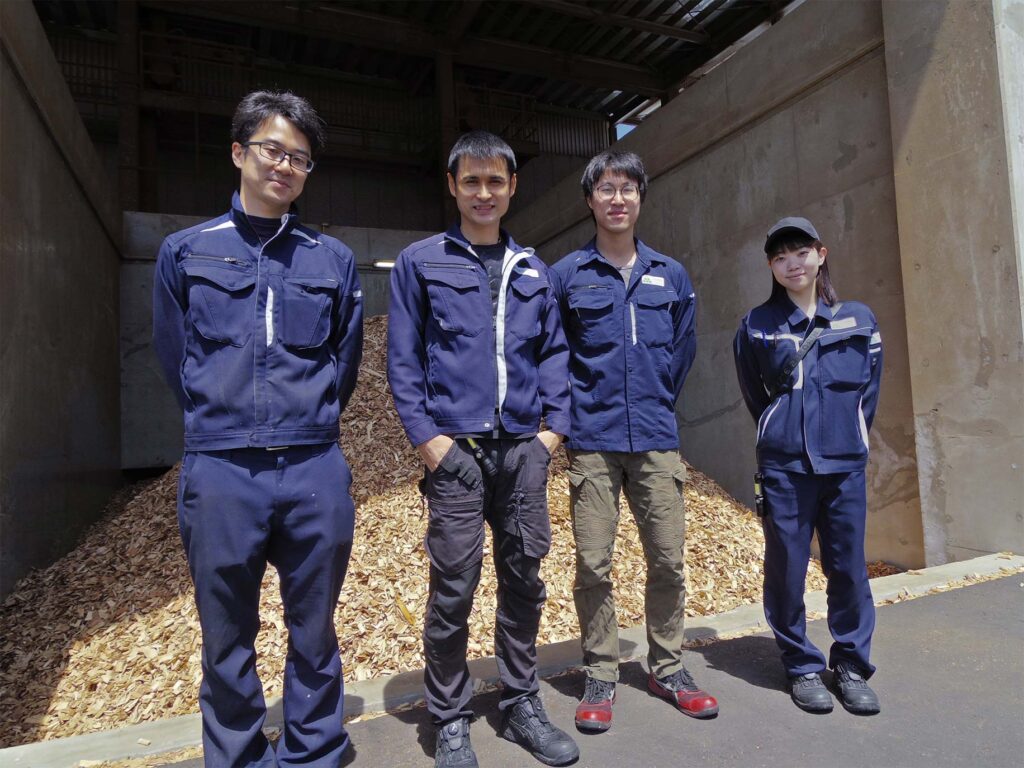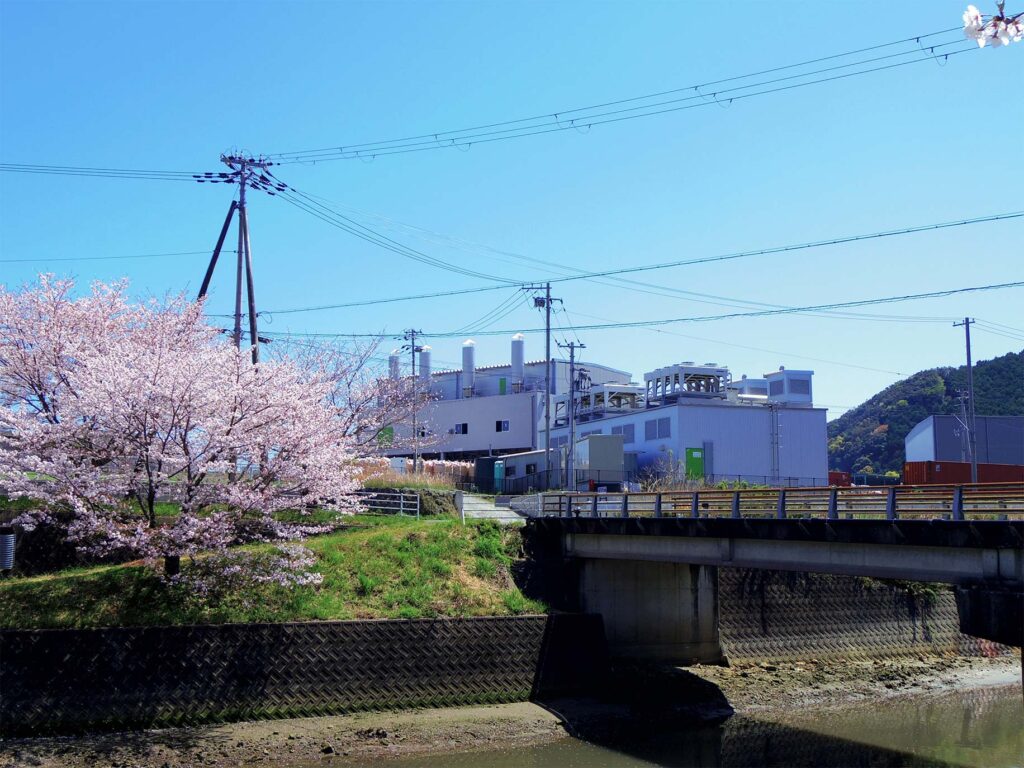INNIO Group’s Jenbacher engines are at the heart of the first carbon-negative power plant in the APAC region. In Japan’s Shingu City, a wood gas power plant is making history by combining SynCraft’s climate-positive reverse power plant technology with INNIO’s innovative Jenbacher engine technology. The new plant is expected to continuously feed Japan’s grid with renewable power for the next two decades.

more than 1.7 MWel
of power
about 3.8 MWth
of heat
about 200kg
of valuable biochar every operating hour
about 20,000 tons
of previously unutilized wood resources put to use
about 85%
fuel efficiency
Tapping into tariff power
Japan has committed to achieve carbon neutrality by 2050, reduce greenhouse gas (GHG) emissions by 46% in 2030 from its 2013 levels, and decrease dependency on nuclear power. As part of these efforts to decarbonize and reduce the country’s reliance on nuclear energy, the government of Japan established Feed-In Tariffs (FIT) to support renewable energy projects that help accelerate the adoption of renewable energy. Under the FIT initiative, Japanese utilities can buy electricity from renewable sources, such as biomass, at pre-set premiums. Japan’s FIT policy has stimulated the growth of two energy segments: wood gas and biogas.
The use of biomass for decentralized power and heat generation is an increasingly important aspect of the energy transition that fully supports Japan’s goals to decarbonize its power sector. In contrast to the intermittent nature of renewable power generated from the wind and sun, raw materials that can be regrown—such as wood—are constantly available for power production. To empower the governmental plans, Shingu Forest Energy LLC—an entity of Forest Energy Corporation—moved forward with plans to construct the first biomass power generation project to operate in Shingu City, Wakayama Prefecture.
Expected to use about 20,000 tons of previously unutilized wood resources annually from the Wakayama region, the innovative plant makes it possible to keep wood chip drying costs low and use freshly cut wood as fuel. Another distinct advantage of the system is that every operating hour yields around 200 kilograms of valuable biochar, which can be used for barbecues, animal feed supplementation, or soil fertilization.
Marcel Huber, founder and managing director at SynCraft
Delivering power & heat with renewable wood gas
Commissioned in December 2021, the Shingu City wood power plant is the world’s first 60 Hz carbon-negative power plant. Four Jenbacher J412 engines use wood gas from a constant supply of bark, branches, and chipped stemwood to generate renewable power and heat at SynCraft’s reverse power plant. The plant generates 1.7 MW of electrical power while also using the waste heat from the Jenbacher engines as well as the heat emerging from the gasification process—a total of about 3.8 MW thermal power—for district heating and wood chip drying. The combined heat and power plant in Shingu City achieves a high overall efficiency of about 85%.


A carbon-negative, climate-positive solution
INNIO and SynCraft, an Austria-based industry leader in wood power plants, also have delivered and commissioned wood gas power plant projects in six European countries. Not only do these highly innovative power plants align with nature, but they have a real climate-positive effect as well. The Jenbacher technology delivers a balancing power source to the grid to support frequency stability that can be volatile as more intermittent renewables sources—like photovoltaic—are added to the grid. What’s more, the Shingu City wood power plant’s overall system is capable of releasing only part of the CO2 that originally is stored through the forest. Some of it remains as useful green carbon, thus making the combined SynCraft and Jenbacher system a climate-positive solution.